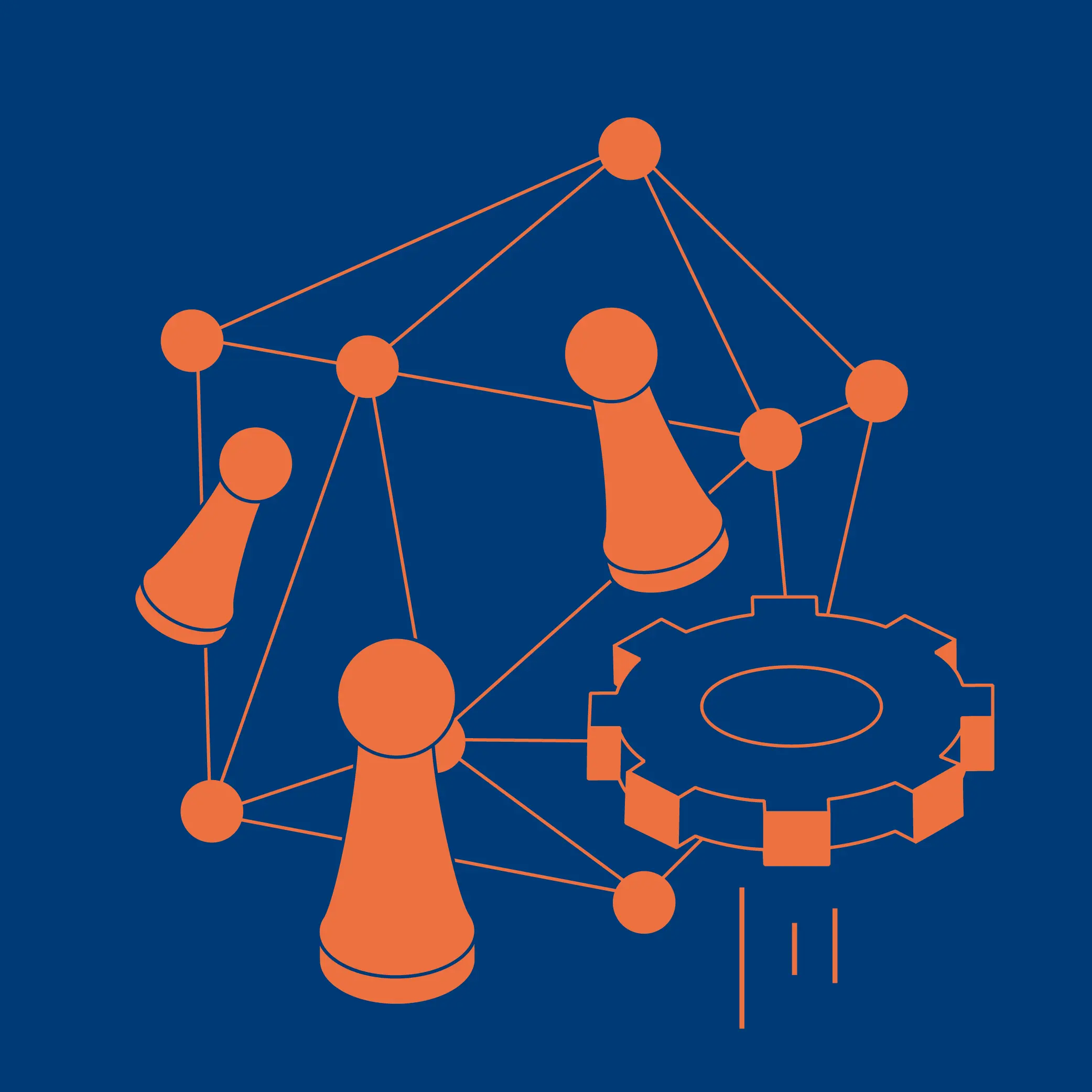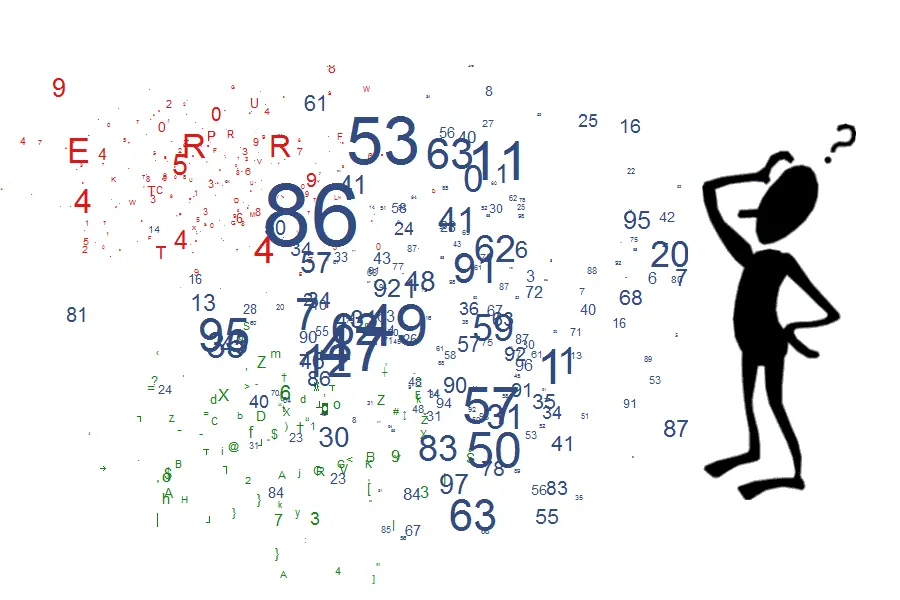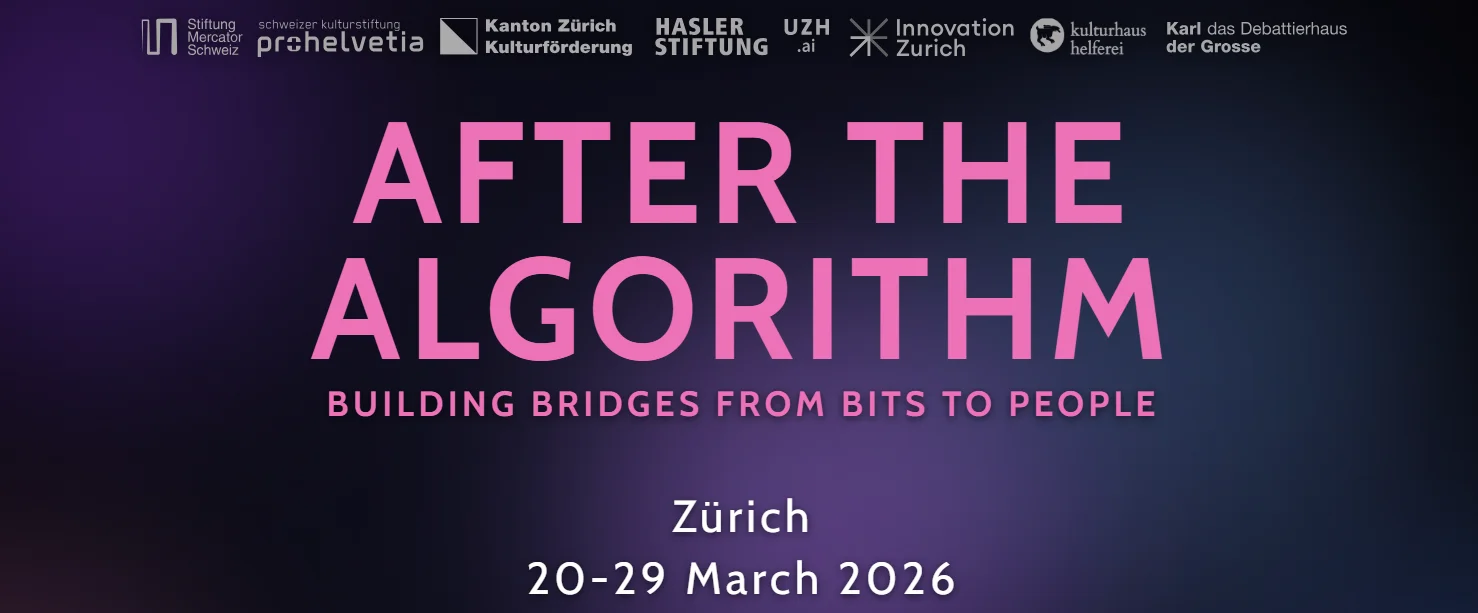Institut für Datenanalyse und Prozessdesign (IDP)
Wir generieren Mehrwert aus Daten
Wir nutzen fortschrittliche datenbasierte Methoden, um innovative Lösungen für Wirtschaft und Industrie zu entwickeln. Wir begegnen realen Herausforderungen mit wissenschaftlichen Methoden und einem starken Fokus auf praktische Relevanz. Wir sind die führende Ausbildungsstätte und bevorzugte Partnerin für angewandte Data Science und Business Engineering in der Schweiz.
Schwerpunkte

Fortschrittliche, wissenschaftliche Instrumente und Werkzeuge für Lösungen in der Finanzbranche

Health and Environmental Analytics
Analysieren von Daten, um interpretierbare Ergebnisse mithilfe statistischer und maschineller Lernverfahren zu gewinnen

Maintenance, Mobility, AI & Society
Nutzung von KI und fortschrittlicher Modellierung für Innovationen in den Bereichen vorausschauende Wartung, Mobilitätslösungen und sozial ausgerichtete Systeme

Gewinnung von Erkenntnissen, Schaffung von Werten und Förderung von Innovationen in Geschäftsprozessen und Dienstleistungen

Visual Intelligence and Applications
Da visuelle Daten zu einer der reichhaltigsten und komplexesten Informationsquellen werden, ist Visual Intelligence ein wichtiger Pfeiler der modernen Datenwissenschaft, der neue Wege zur Analyse, Modellierung und Kommunikation durch Bilder, Videos und immersive Umgebungen ermöglicht.
Für Studierende
Consulting Services
Aktuelles
Unser Team
Publikationen
-
Beppi, Carolina; Meierhofer, Jürg; Wulf, Jochen,
2025.
Enhancing social and emotional value through smart services[Paper].
In:
Spring Servitization Conference, Liverpool, United Kingdom, 12-14 May 2025.
-
Rapp, Christian; Jakob, Karin; Drewek, Anna; Kruse, Otto; Waller, Gregor,
2025.
Winterthur:
ZHAW Zürcher Hochschule für Angewandte Wissenschaften.
Verfügbar unter: https://doi.org/10.21256/zhaw-2549
-
Wulf, Jochen; West, Shaun; Anderson, Matthew; Mueller-Csernetzky, Petra; Meierhofer, Juerg,
2025.
On the value potential of large language models in the manufacturing industry[Paper].
In:
West, Shaun; Meierhofer, Jürg; Buecheler, Thierry; Wally Scurati, Giulia, Hrsg.,
Smart Services Summit : Proceedings of the Sixth Conference, held in Zurich, Switzerland in October 2024.
Smart Services Summit, Zurich, Switzerland, 18 October 2024.
Cham:
Springer.
Verfügbar unter: https://doi.org/10.1007/978-3-031-86958-7_10
-
West, Shaun; Meierhofer, Jürg; Buecheler, Thierry; Wally Scurati, Giulia, Hrsg.,
2025.
6th Smart Services Summit, Zurich, Switzerland, 24 October 2025.
Cham:
Springer.
SMSESU. Progress in IS (PROIS).
ISBN 9783031869570.
Verfügbar unter: https://doi.org/10.1007/978-3-031-86958-7
-
Stieger, Robin; Meierhofer, Jürg; Schäfer, Adrienne; Baumgartner, Corinna; Strebel, Matthias,
2025.
Social value creation by smart services[Paper].
In:
The 9th Naples Forum on Service, Sorrento, Italy, 9-12 June 2025.
Winterthur:
ZHAW Zurich University of Applied Sciences.
Verfügbar unter: https://doi.org/10.21256/zhaw-34803


